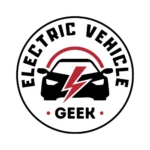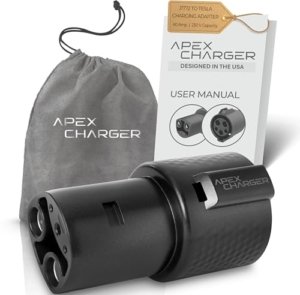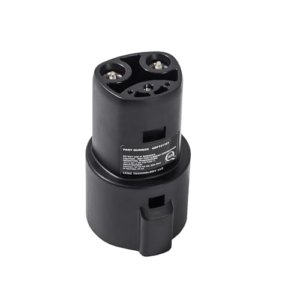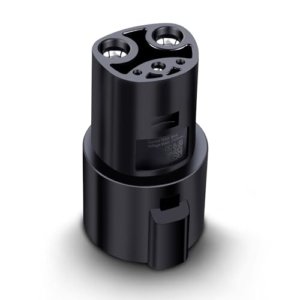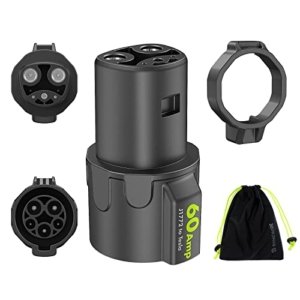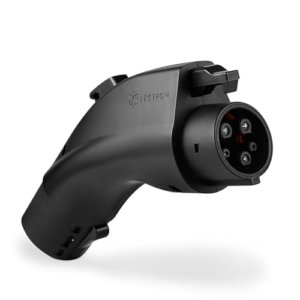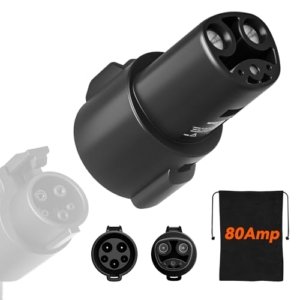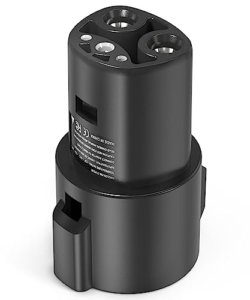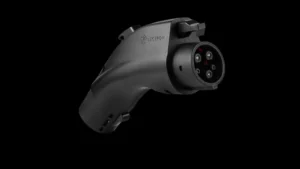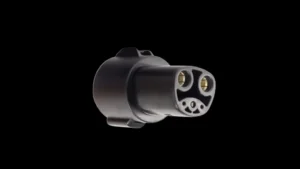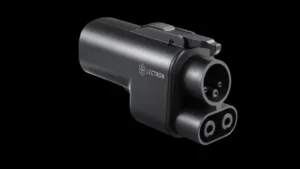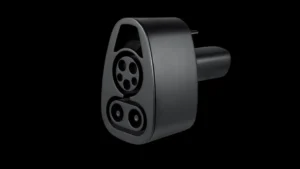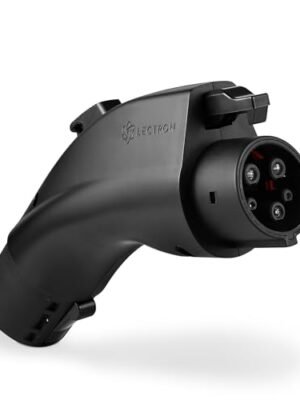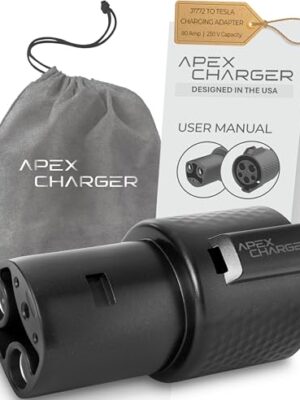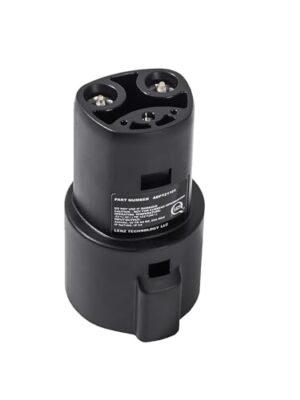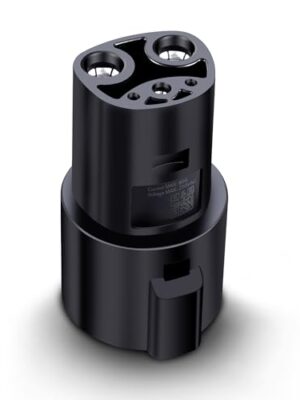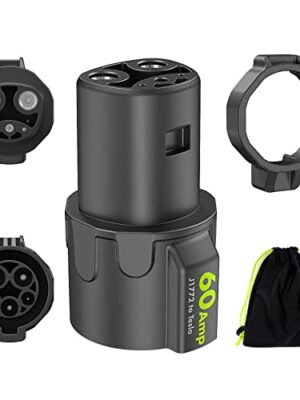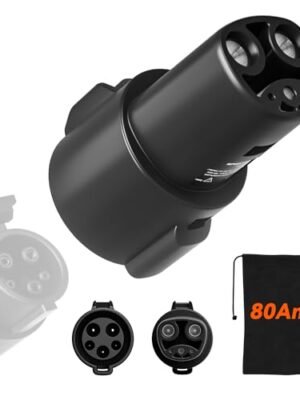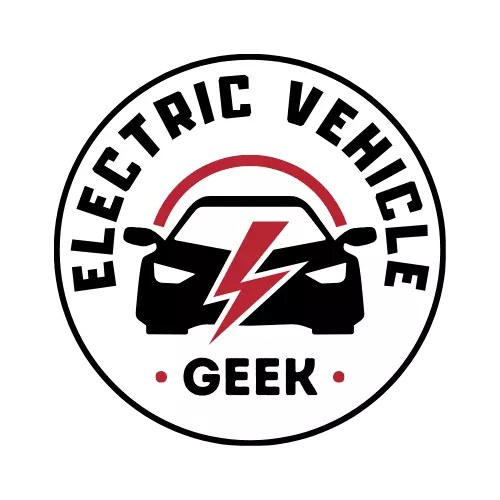Supported by you via insider access, and when you purchase through links on our site, we may earn an affiliate commission. See our Affiliate Disclosure.
EV Charging Adapter Reviews
If you’re investing in EV charging accessories, it’s worth choosing products built for both safety and performance. That’s why I test and review a wide range of EV charging adapters to find out which ones are truly worth your money. On this page, you’ll find my top reviews and recommendations, all based on real-world experience.
Electric Vehicle Charging Adapters Reviews 2025
Check out our EV charging adapter reviews and let me know what you think.
For clarity, we’ve named each EV charging adapter by brand and direction of compatibility (e.g., Brand Tesla to J1772 Adapter). This makes it easy to see whether the adapter bridges the communication gap between your EV’s onboard charging system and the charging station’s protocol, which is the most important factor to consider when choosing an EV charger adapter. The right match ensures a clean handshake between vehicle and EVSE, delivering a secure, reliable, and efficient flow of power every time.
Each EV charging adapter review is rated on our 1–10 rating scale using expert criteria such as safety, performance, build quality, durability, design, value, and brand reputation. Our rating system provides clear side-by-side comparisons, making it easier to find the right adapter based on your EV charger and electric vehicle communication protocol. Click any adapter to read our full review.
A Complete Guide to EV Charging Adapters in North America
EV charging adapters enable physical compatibility between different plug standards, like J1772, CCS1, and Tesla NACS, without changing charging speed or power. They align pin layouts and maintain communication between the vehicle and charger for safe, seamless AC or DC charging.
Popular EV Charger Adapter Types in the United States and Canada
Here are the four most common types used across the U.S. and Canada:
Common EV Charger Adapter Types
EV charger adapters can be broadly categorized by the type of power they transmit (AC or DC) and by the plug standards they connect to. Below are the most common adapters used across the United States and Canada, along with detailed explanations of how they work and who they are best suited for.
The Tesla to J1772 adapter is the most widely used EV charging adapter in North America. It lets non-Tesla EVs charge from Tesla Wall Connectors and Destination Chargers, which are common in homes, hotels, and workplaces. As Tesla opens more of its AC charging network to other brands, the Tesla to J1772 adapter has become an essential EV charging accessory for domestic and foreign EVs with the J1772 charging standard.
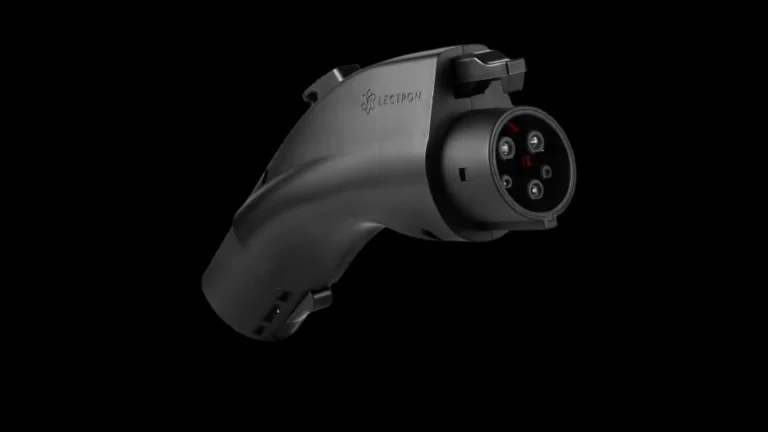
This adapter works by converting the NACS plug to a standard J1772 connector. Internally, it replicates the signaling needed to “wake up” the Tesla charger and authorize charging, even without a Tesla vehicle connected. Charging power is passed through as AC, typically at rates up to 80 amps.
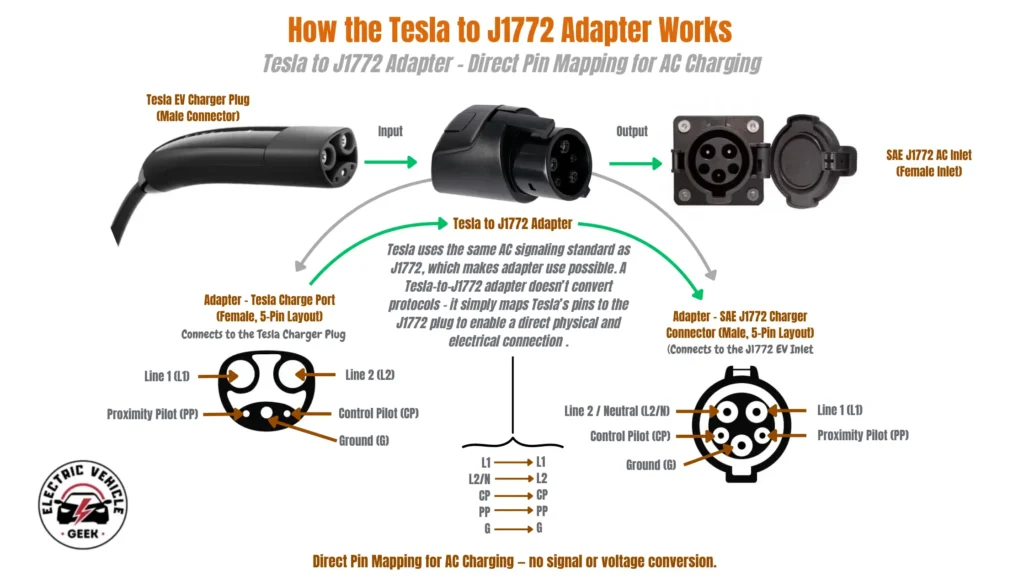
We recommend the Tesla to J1772 adapter for J1772 EV owners who frequently charge at public stations, workplaces, Airbnbs, hotels, or homes where Tesla chargers such as the Tesla Wall Connector, Tesla Universal Wall Connector, Destination Charger, or Mobile Connector are already installed. This adapter eliminates the need for additional EVSE installations.
Tap into Tesla destination chargers and expand your J1772 EV charging network instantly with a plug-and-go Tesla to J1772 adapter that maximizes availability.
The J1772 to Tesla adapter is the second most popular charging adapter used by Tesla drivers. It allows Tesla owners to plug into any J1772 EV charger, including Level 1 (120V) EV chargers for slow overnight charging and fast Level 2 (240V) EV chargers commonly found in homes, workplaces, malls, and public parking lots. With many households and commercial EV charging stations now installing J1772 EV chargers, this adapter is essential for everyday charging flexibility outside the Supercharger network.
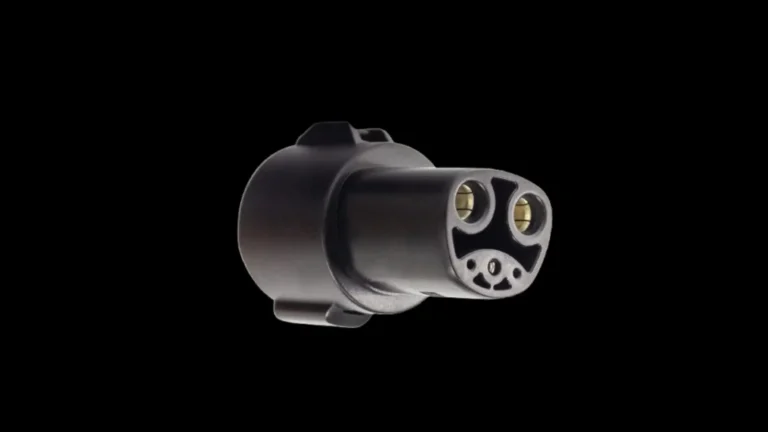
The J1772 to Tesla adapter works by converting the five-pin J1772 connector to Tesla’s proprietary NACS inlet. Since Tesla’s onboard charger is designed to recognize J1772 signaling, there’s no need for complex protocol conversion. The adapter passes through single-phase AC power, supporting charging speeds up to 80 amps, depending on the station and your vehicle’s capabilities. For Tesla drivers, especially those using ChargePoint, Blink, or local utility chargers, this adapter is a daily essential.
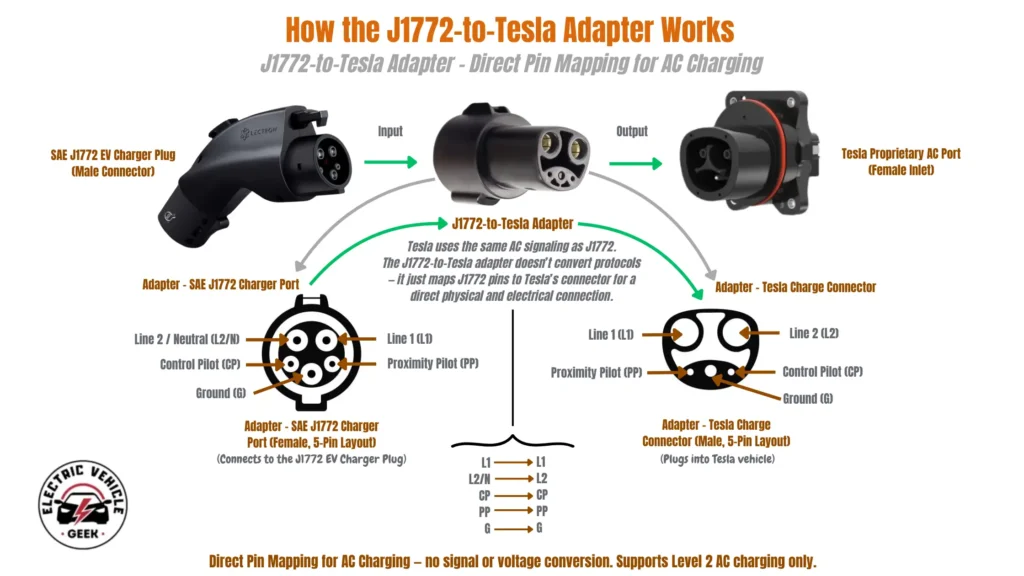
Charge your Tesla at thousands of public stations and any J1772 home charger with a J1772 to Tesla adapter, solve access and compatibility issues with a high-quality, everyday-use solution.
The NACS to CCS adapter is the third most common EV charging adapter, used by CCS-equipped vehicles to access Tesla Superchargers. As more non-Tesla EVs gain Supercharger access, demand for this adapter is rapidly increasing. It’s key for unlocking fast, reliable DC charging.

Internally, the NACS to CCS adapter handles more than just the physical connection. It includes a communication controller that translates signals between the NACS plug and the vehicle’s CCS charging system, enabling authentication and charging session management. In most cases, this adapter supports DC fast charging up to 250 kilowatts, though speeds depend on the EV’s architecture and charger capability.
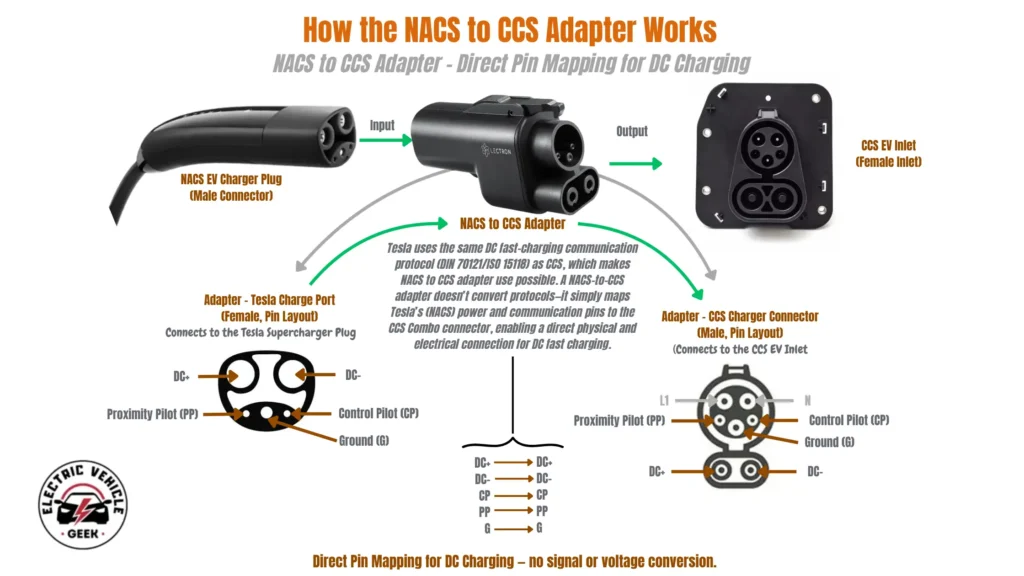
We recommend the NACS to CCS adapter for EV owners with CCS-equipped vehicles who have access to Tesla Superchargers. For drivers of newer CCS EVs with Supercharger access enabled via software update, this adapter is an essential tool for expanding fast-charging options.
Unlock Tesla Supercharger access for your CCS-equipped EV, bridge the gap with a high-speed, safety-certified NACS to CCS adapter built for fast DC charging.
The CCS to Tesla adapter is the fourth most commonly used and purchased EV charging adapter. It allows Tesla vehicles to charge at public CCS DC fast chargers, such as Electrify America and EVgo. While it’s less common since most Tesla drivers rely on Superchargers, it’s a valuable option in areas with limited Tesla charging coverage.
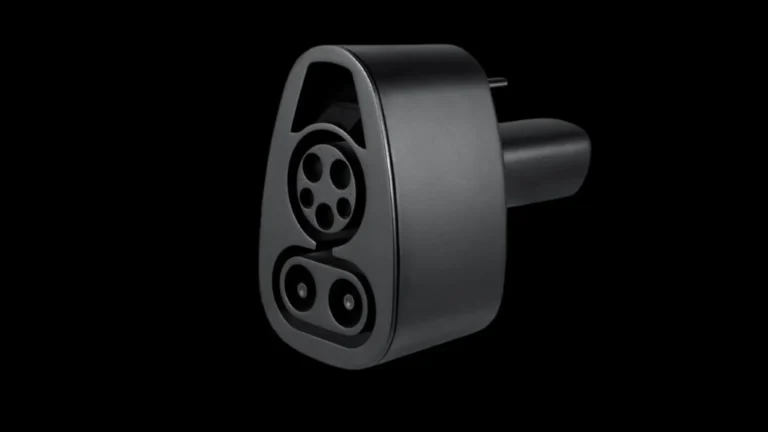
The CCS to Tesla adapter enables direct DC fast charging by mapping power and communication pins from a CCS Combo 1 plug to Tesla’s NACS port. Since both use the same protocols, no signal conversion is needed, just a seamless electrical and communication link.
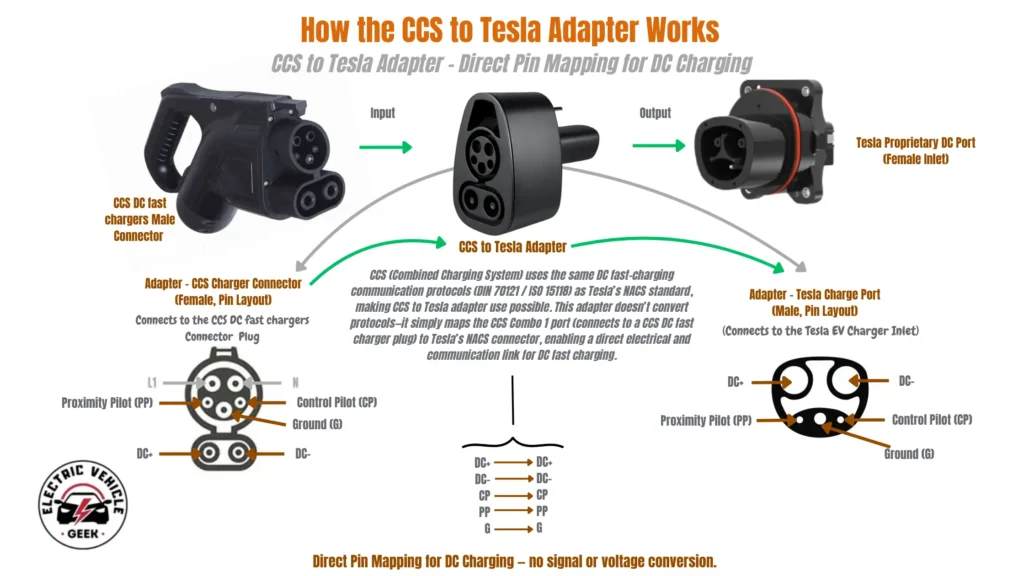
Tesla vehicles manufactured after late 2020, including many versions of the Model 3, Model Y, and refreshed Model S and X, come with built-in support for CCS charging. When paired with the CCS to Tesla adapter, these vehicles can access a broader range of fast-charging stations, including Electrify America, EVgo, and many utility-operated networks. This adapter is essential for Tesla drivers who travel long distances or live in areas where Superchargers are sparse.
Access CCS DC fast chargers at public stations and workplaces, unlock faster, broader charging with a certified CCS to Tesla adapter trusted by Tesla drivers.
Buyer’s Guide: Choosing the Right EV Charger Adapter
Choosing the right EV charger adapter for your vehicle depends not only on compatibility, performance, and safety, but also on the accessibility of available charging stations. The right adapter ensures you can charge wherever your EV takes you, especially in areas where certain charging standards are more common.
It’s also important to consider the build quality of the EV charger adapter. A well-designed adapter should be made from durable, weather-resistant materials and feature tight connector tolerances for safe, reliable operation. High-quality models include secure locking mechanisms to prevent loose connections and voltage drops, which can lead to overheating or electrical arcing. Thermal stability and proper circuit conductivity are also critical, especially in high-amperage EV charging.
Are EV Charger Adapters Safe?
Yes, EV charger adapters are generally safe when sourced from reputable manufacturers. However, low-quality or uncertified adapters can bypass essential safety features, leading to issues such as electrical arcing, overheating, and plug wear. These problems may cause charging interruptions, failed connections, or compatibility errors, and in severe cases, can result in shock hazards, fire risks, or damage to your EV charger, EV battery, or internal charging components such as the onboard charging system.
Maintenance and Safety Tips
EV charging adapters are generally low-maintenance, but proper care is essential for safety and long-term reliability. Always inspect your EV charger adapter before use, look for signs of wear, such as cracked housings, bent pins, or discoloration, especially if it’s exposed to heat or moisture. Never use an EV charger adapter that visually appears damaged.
Avoid using the EV charger adapter in wet or damp environments, especially outdoors, unless the adapter has a high weatherproof rating (IP55 or above). Store adapters in a clean, dry location, preferably in a protective case to prevent debris from entering the connectors. Always unplug the charger before disconnecting the adapter to avoid electrical arcing. For smart EV chargers and electric vehicles, regularly check for firmware updates to improve performance and ensure compatibility.
To ensure safe and reliable charging, always use certified adapters rated for both your electric vehicle and charger. Check the voltage and amperage ratings to ensure they match or exceed your charger’s output. Mismatched specs can lead to overheating, failed connections, or damage to your EV, adapter, or charging equipment. Also, confirm compatibility, as not all adapters support the same power levels or smart communication protocols.
